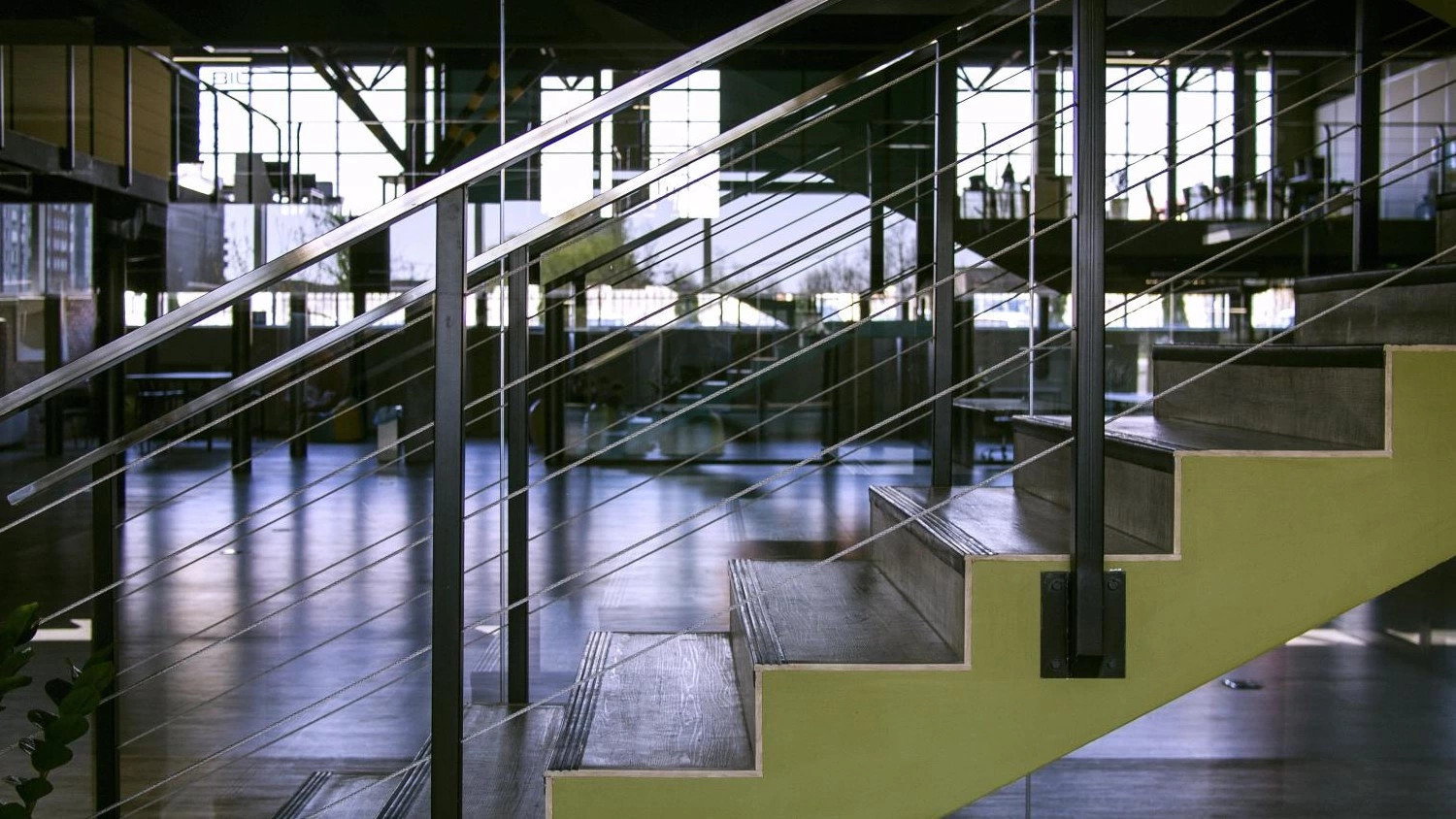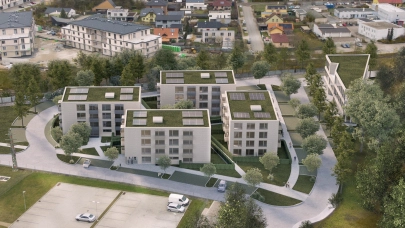
High demand and a lack of new projects have caused Prague's office vacancy rate to fall. It currently stands at 7.26%. The volume of new construction and refurbishments accounted for approximately 143,600 sqm at the end of Q2 2023, and the total market size was 3.85 million sqm. Benchmark rental prices did not change from the previous quarter; however, the price of office fit-out (equipping them with necessary features) is increasing due to ESG and modern standards. Such outlays can easily exceed €1,000 per sqm, according to a survey conducted by Colliers.
The size of the office market in Prague was approximately 3.85 million sqm at the end of Q2, with a further 143,600 sqm under construction. 47% of this capacity will be delivered across 7 projects later this year. The ranking in the traditional ten submarkets has not changed. Prague 4 remains the largest submarket, followed by Prague 5 and Prague 8. On the other end of the ranking, we have Prague 10, Prague 2 and Prague 3, which account for the smallest part of the modern office portfolio. However, no new office construction has been started in Prague for a full twelve months. This will inevitably lead to a significant shortage of new space in 2025.
Vacancy rates are falling
In contrast, vacancy rates have changed, and this change has not been merely cosmetic. Compared to Q1 2023, rates fell by a further 30 basis points to 7.26% in Q2. This is the fifth consecutive quarterly decline. Overall vacancy has fallen by 103 basis points compared to the last peak in Q1 2022. In absolute terms, vacancy equals 279,600 sqm of office space that is immediately available to tenants. Prague 8 is still the most desirable submarket with a vacancy rate below 4% and only 24,400 sqm of immediately available space scattered throughout the Karlín district.
"According to our estimates, some additional vacancy amounting to between 1.5% - 2.0% is hidden in the sublease market. Occasionally, we see new units coming on the market, but only some of them are suitable for pure subleases," explains Josef Stanko, senior analyst at Colliers.
Demand still high
Gross take-up in Q2 2023 reached its highest quarterly level in five years, underlining the continued strong activity in the leasing market. With a gross take-up of 148,800 sqm, it almost surpassed Q4 2022, which marked the highest level seen since 2018. The share of net take-up equals 45%, including pre-leases.
In terms of the largest transactions in the past quarter, several exceptional renegotiations took place: transactions involving DHL Information Services and Microsoft were by far the largest. Of the ten largest transactions, six were renegotiations. DHL renegotiated an 18,000 sqm contract at The Park in Prague 4. Microsoft renegotiated a contract at Brumlovka Delta in Prague 4 where it currently occupies approximately 16,100 sqm. The largest new lease was that of Novartis pharmaceutical company’s Sandoz division, which leased 5,700 sqm in the Enterprise building in Prague 4 and will be located next to Novartis' Prague headquarters.
Top rental prices not rising, equipment costs are pushed up by ESG and modern standards
The main rental benchmark prices in Prague city centre, inner city and outer city remained at the same level as last quarter. Meanwhile, the rest of the market saw gradual, slight increases. Rents in general have not been as heavily impacted by inflation during the recent period and have been more responsive to the market situation.
Prime space in the centre of the capital could be rented for around €27.00 per sqm per month. Inner city space, which forms a ring around the city centre, is available for rents up to approximately €18.25 and outer city space up for rates up to €16.00. All of these rent levels apply to well-located class A office space in the upper hundreds of metres and cannot be applied to small or specific units, where the price can be significantly higher. The inner and outer city areas will inevitably come under pressure if announced projects enter the construction pipeline in these locations in the nearest future. That will inevitably push rent prices higher.
"When we talk about the affordability of offices, we must also mention fit-outs. The accelerated evolution of the working environment has increased the demand for various modern materials and advanced AV equipment and, thanks to ESG, for companies to review their operational procedures. All this together can bring the fit-out budget of a new office to over €1,000 per sqm," explains Josef Stanko. However, many tenants already realise that office attractiveness and functionality is an important tools in the fight to boost employee engagement and retention. So, businesses do not hesitate to invest in these costs. Every bit of added comfort counts.
Problematic construction in Prague may threaten some investment opportunities in the Czech Republic
Problematic construction procedures in Prague are not only unpleasant for local tenants, but they may also lead to a loss of some investment opportunities: most often in favour of Poland or Slovakia. The current difficulties are likely mainly due to expensive financial costs, which make some projects impossible to implement. However, the whole market is still under pressure from unpredictable, bureaucratic, and lengthy permitting processes. Plus, there is a strong public aversion to new construction, populistically encouraged by some municipal politicians. This unpleasant and disrespectful situation zin the Czech building environment is slowly improving, but realistically it will take years to correct. "On the other hand, thanks to the current situation, the market will remain predictable and stable. With an emphasis on renegotiations, there are a limited number of options for relocating tenants. Plus, there are opportunities for potential renovations of ageing developments since many buildings on the market are already in their third decade of operations," concludes Josef Stanko adding: "Optimistically, developers are preparing to implement many interesting projects in various locations. We are confident that these projects will become a reality in the next 5-7 years. Experienced and committed local developers are making progress, and thanks to some local authorities a few of Prague's brownfield sites are starting to improve after years of stagnation; this even without a new urban masterplan."



